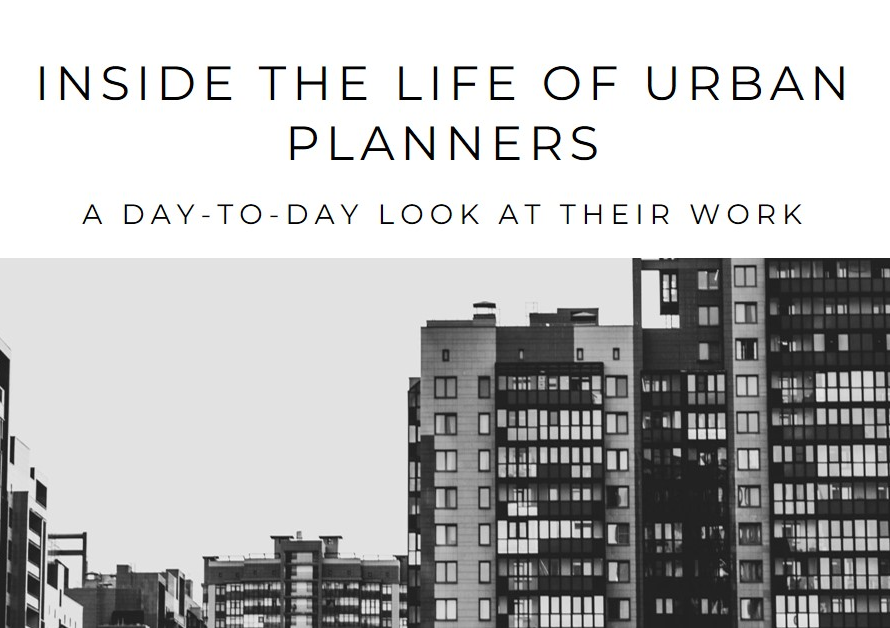
Table of Contents
1. Blade Runner 2049: Futuristic Cityscapes (Architectural Visualization)
“Blade Runner 2049” mesmerizes audiences with its dystopian yet visually stunning portrayal of futuristic cityscapes. The film’s architectural visualization brings to life sprawling urban landscapes characterized by towering skyscrapers, intricate street-level details, and atmospheric lighting that reflects the film’s neo-noir aesthetic. The blend of futuristic architecture, advanced technology, and urban decay creates a hauntingly beautiful visual narrative that immerses viewers in the film’s dystopian world.
2. Inception: Architectural Dreamscapes
Christopher Nolan’s “Inception” takes architectural visualization to surreal dimensions with its exploration of dreamscapes within the human mind. The film’s dream sequences feature mind-bending architectural designs, shifting cityscapes, and gravity-defying environments that challenge traditional spatial perceptions. From folding city streets to rotating hotel corridors, the visual representation of these dreamscapes adds layers of complexity to the film’s narrative, blurring the lines between reality and imagination.
3. The Grand Budapest Hotel: Whimsical Charm
Wes Anderson’s “The Grand Budapest Hotel” is a visual delight that showcases meticulously crafted architectural sets infused with whimsical charm and nostalgic elegance. The film’s distinctive visual style, characterized by pastel color palettes, symmetrical compositions, and intricate details, transforms the titular hotel into a character in its own right. The architectural visualization in this film not only sets the stage for comedic and dramatic moments but also immerses viewers in a whimsical world of storytelling brilliance.
4. Avatar: Alien Landscapes
James Cameron’s “Avatar” transports audiences to the lush and vibrant alien landscapes of Pandora, showcasing breathtaking architectural visualization of Na’vi structures, floating mountains, and bioluminescent flora and fauna. The film’s use of CGI and immersive world-building techniques creates a visually immersive experience that invites viewers to explore and marvel at the intricacies of an alien ecosystem. The architectural visualization in “Avatar” extends beyond buildings to encompass entire ecosystems and cultural landscapes, enriching the film’s narrative with depth and wonder.
5. The Matrix: Dystopian Realities
“The Matrix” trilogy presents a dystopian future where reality is simulated within a vast digital world. The film’s architectural visualization skillfully blends futuristic urban environments with gritty, industrial aesthetics, reflecting the contrast between the real world and the simulated Matrix. Iconic scenes such as the digital rain falling over a cityscape and the stark interiors of the Matrix construct highlight the film’s use of architectural visuals to reinforce themes of control, illusion, and rebellion.
6. Interstellar: Cosmic Voyages
Christopher Nolan’s “Interstellar” ventures into the realms of space exploration, showcasing stunning depictions of cosmic landscapes, distant planets, and futuristic spacecraft. The film’s architectural visualization extends to space stations, spacecraft interiors, and the intricate design of habitable environments beyond Earth. By visualizing humanity’s quest for survival in a vast and unknown universe, “Interstellar” combines scientific accuracy with cinematic grandeur, offering audiences a glimpse into speculative futures and cosmic wonders.
7. The Great Gatsby: Roaring Twenties Opulence
Baz Luhrmann’s adaptation of “The Great Gatsby” immerses viewers in the opulent world of the Roaring Twenties, featuring lavish mansions, extravagant parties, and ornate Art Deco architecture. The film’s architectural visualization captures the glamour and excess of the era, showcasing iconic locations such as Gatsby’s mansion with its grandiose interiors, sprawling gardens, and panoramic views of the Long Island Sound. The meticulous attention to period details and architectural styles transports audiences to a bygone era of luxury and decadence.
8. Minority Report: Future Technologies
“Minority Report” envisions a future where advanced technologies and predictive analytics shape urban environments and human interactions. The film’s architectural visualization showcases futuristic cityscapes, interactive digital interfaces, and innovative transportation systems that reflect a world driven by cutting-edge technology and surveillance. Architectural elements such as holographic displays, vertical transportation pods, and augmented reality advertisements contribute to the film’s immersive depiction of a high-tech future society.
9. Tron: Legacy: Digital Realms
“Tron: Legacy” delves into digital realms and virtual landscapes, blurring the boundaries between physical and digital worlds. The film’s architectural visualization features sleek, neon-lit environments, digital cities, and iconic digital structures such as the Grid and the Game Arena. The visual representation of digital architectures and futuristic design elements immerses viewers in a visually striking world where software and aesthetics converge in mesmerizing ways.
10. Metropolis: Classic Masterpiece


Fritz Lang’s “Metropolis” remains a timeless classic celebrated for its groundbreaking visual effects and iconic architectural visualization. The film’s depiction of a futuristic city divided between affluent skyscrapers and subterranean worker districts set a benchmark for cinematic world-building and visual storytelling in the science fiction genre. The monumental architecture, industrial landscapes, and dystopian themes explored in “Metropolis” continue to inspire filmmakers and architects alike, showcasing the enduring power of architectural visualization in cinema.
Conclusion: The Artistry of Cinematic Architecture
Architectural visualization in movies transcends mere set design; it becomes a character, a narrative device, and a visual spectacle that elevates storytelling to new heights. From futuristic metropolises to dreamlike dreamscapes, these top picks exemplify the artistry, innovation, and imagination embedded within cinematic architecture. As filmmakers continue to push boundaries and explore new visual frontiers, audiences can anticipate more immersive and awe-inspiring architectural visualization experiences that blur the lines between reality and imagination on the silver screen.


